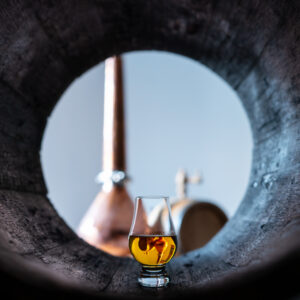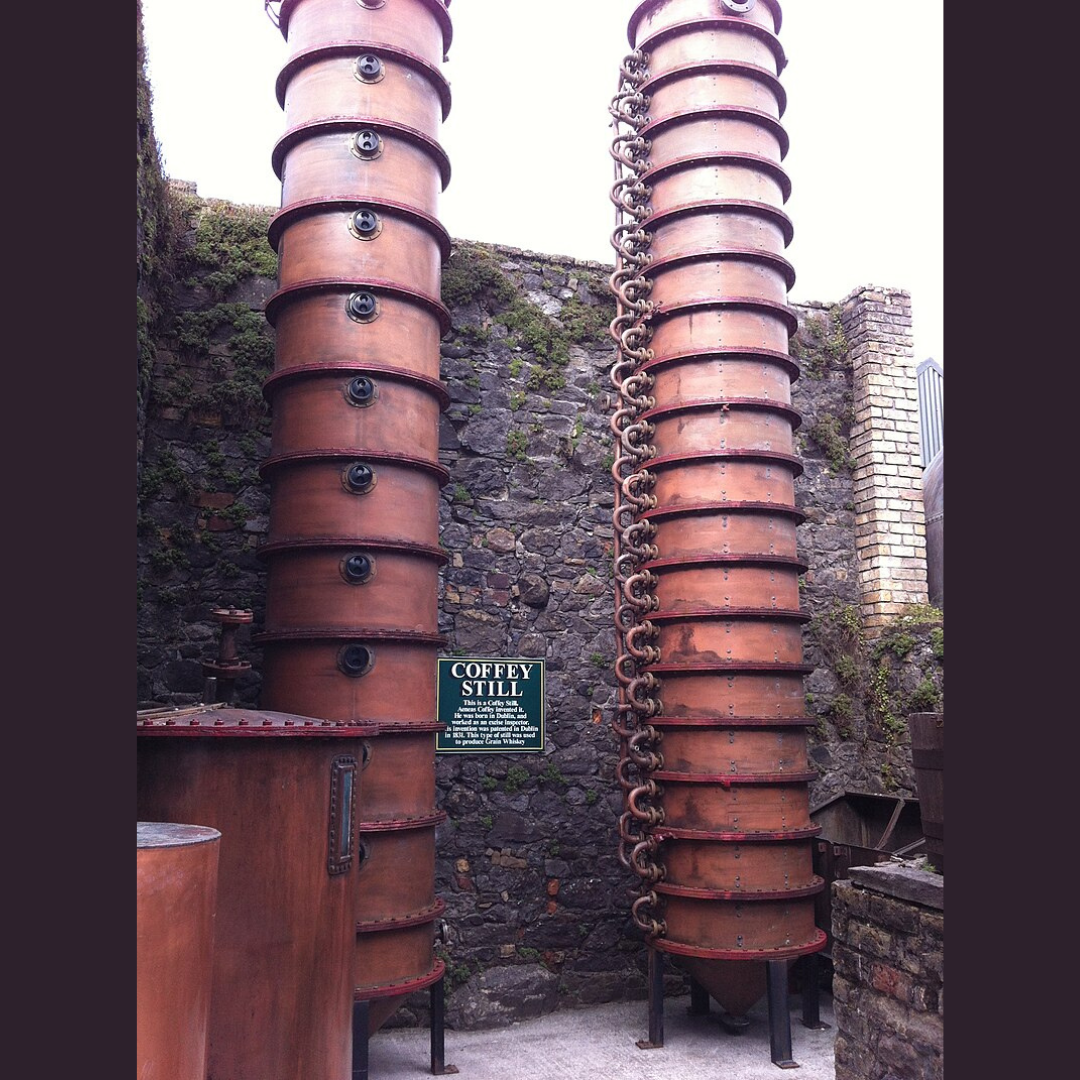Craft distilling dates back centuries to the first making of spirits in the old world. When distilling came to America, the large distilleries took over and started mass-producing bourbon and whiskey. In response, the craft distillery industry was born.
The craft distilling industry has grown exponentially over the last few decades. There are now thousands of micro or craft distilleries in the United States. Each distillery has its own story to tell, its own process and spirits, and a unique connection to the community around it.
The first question one must ask is what constitutes a “craft whiskey” or “craft distillery?” (Of course you can substitute the word “artisanal” for the word “craft.”) The answer to that depends on who you ask. Distillers, retailers, and consumers will all provide various answers. While there is no regulated definition, it then turns into one’s own interpretation. Looking at the definitions of two different organizations, we may have a better understanding.
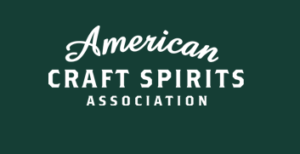
The American Craft Spirits Association defines a craft distillery as follows:
- A distillery who values the importance of transparency in distilling, and remains forthcoming regarding their use of ingredients, their distilling location and process, bottling location and process, and aging process.
- A distillery that produces fewer than 750,000 gallons annually.
- A distillery that is independently owned and operated, with more than a 75% equity stake in their company and operational control.
Craft Distilled Spirit:
- The products of an independently-owned distillery with maximum annual sales of 100,000 proof gallons where the product is PHYSICALLY distilled and bottled on-site.
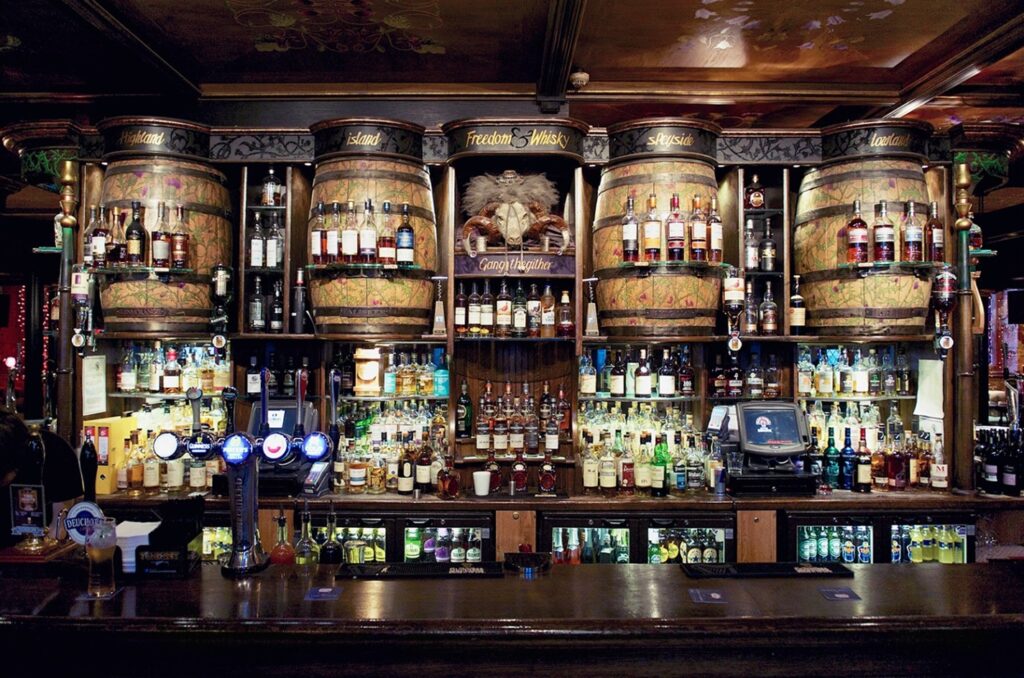
I have my own opinion and don’t think that the size of the distillery or the production numbers should have anything to do with it. A “craft” spirit is more than a number! Over the last decade, I personally have had the opportunity to sample hundreds of “craft” whiskeys. There are a few that I wondered why they were brought to market when they were. The answer to that question is probably money. Small distilleries are trying to turn a profit, or at least not lose money in their early years. Many do that by producing clear un-aged spirits. That way they can bring in revenue while they are aging their whiskies in the barrel. The challenge is not bottling a whiskey too young just to get it to market. We all know the six rules for bourbon right? Well here’s a refresher, in case you forgot:
1) According to the Code of Federal Regulations, only whiskey produced in the United States can be called bourbon whiskey.
2) It must be aged a minimum of two years before it can be called a straight bourbon. Bourbon aged less than four years has to state the duration of its aging on its label clearly, and for blends, the age statement on the label must be of the youngest whiskey in the bottle.
3) Barrel type: The bourbon industry requires bourbon to be aged inside a specific barrel. The bourbon must be aged in new, charred oak containers.
4) Mash bill: Bourbon must be made with a mash bill of at least 51 percent corn. Other grains can be added as the distiller prefers.
5) Proof: Bourbon must be distilled at no higher than 160 proof and put inside the barrel to age at no higher than 125 proof. Water may be added to lessen the proof of the distilled whiskeys if necessary, but other flavorings are prohibited. Bourbon must have at least 80 proof, or 40 percent alcohol by volume, upon bottling.
6) Additives, colorings & flavorings are prohibited in straight bourbon production.
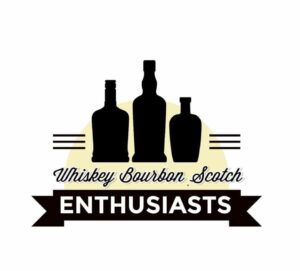
Over the last decade, I have had the opportunity to talk to many members of the Whiskey Bourbon and Scotch Enthusiasts®(WBSE) Facebook community regarding craft whiskey. Many have expressed that in their experience, the whiskeys tasted too young and grassy. This has caused them to avoid craft for the big name brands. However, times have changed and craft distillers have adapted by aging their products four or more years. They have even successfully experimented with blending older whiskey with younger whiskey. This has produced a much more palatable product. Bardstown Bourbon Company was instrumental in using this process to mass produce bourbon, bringing them to market much earlier than they would have been able to using their own young distillate. I’m not saying that “craft” distillers are doing this with their own products. However, when they do, they are transparent with their process.

With new innovations in the marketplace you can obtain these little gems for yourself. Two years ago, I was introduced to and partnered with a company called Mash Networks. Mash Networks has built an innovative Direct-To-Consumer sales platform. This platform, using a three tier process, allows craft distilleries and curators to sell and ship their products directly to your door. What an amazing concept! Up to now, craft distillers had to rely on walk-in sales, or spend large sums of money to get licensed to sell in just a few states. Mash Networks builds a virtual store right on a distillery’s website and provides a licensed distributor that can ship to 45 states. This opens the door for these distilleries to compete on a much larger scale than ever before.
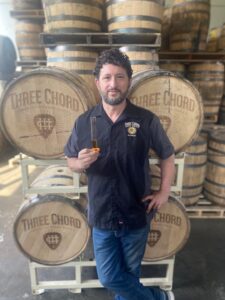
Whiskey Maker Ari Sussman who has blended some outstanding whiskeys for Three Chord Bourbon, Mammoth Distilling, and Whiskey JYPSI, just to name a few said, “To me, craft distilling is not about scale. It’s about striving to make spirits with the intention of creating quality products that don’t cut corners. Craft distilleries are laboratories of innovation and progress. WBSE does a fantastic job of curating some of the finest craft spirits out there.”
Mash Networks has brought a whole new world of whiskey and other spirits to a hitherto highly-allocated and limited marketplace. WBSE® is proud to be a part of this unique and groundbreaking effort. I have taken the liberty of listing some of the distilleries associated with the Direct-To-Consumer platform from MashNetworks.co. Please feel free to visit any of the distilleries listed below and check out their products. Interested distillers can contact me at [email protected] or [email protected]
The biggest point I would like to convey is, while you are spending top dollars chasing the allocated brands you are missing some fantastic small batch whiskeys! Don’t overlook what has been readily available all along. Do your research, read the taste profiles, and be ready to be amazed at what is waiting for you! Some of these products are available to you right now in the WBSE Rickhouse (East) store. This store was opened for our members to highlight some of the “craft” whiskeys available to be delivered direct to your door. Go to: www.wbserickhouse.com Cheers to choices!
CRAFT DISTILLERS
Highline Spirits
RY3 Whiskey
Ron Izalco
Spirits of French Lick
Boundary Oak Distillery
The Bourbon Rabbi
Norden Aquavit
Kings Family Distillery
Mammoth Distilling
Wood Hat Spirits
Whiskey Jypsi
Anthem Imports
B.R. Distilling Company
Three Chord Bourbon
Farm and Spirit
Black Fork Farms
J.T. Meleck Distillers
American Mash & Grain
Phenomenal Spirits
Inclusion Brand Spirits
Jacob Bromwell
Golden Beaver Distillery
Three Keys Distillery
Bill Varnell is the Publisher of Whiskey Network® and is the curator of WBSE’s Rickhouse
